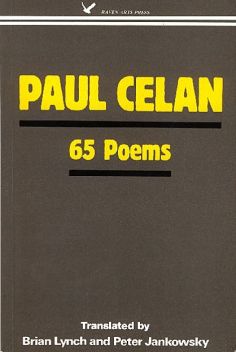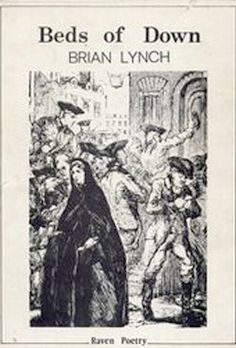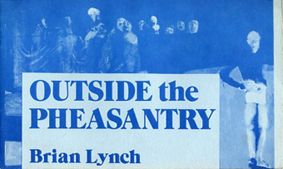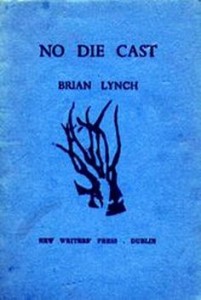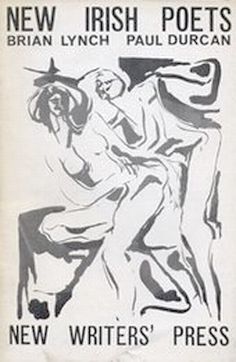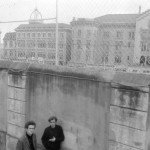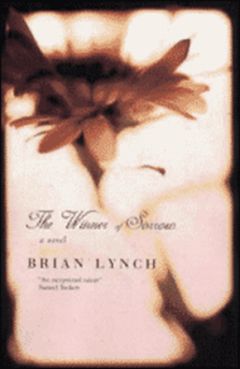Crooked in the Car Seat
by Brian Lynch
Gemini Productions
Dublin Theatre Festival 1979.
Nominated for Best Play in the Harvey’s Theatre Awards.
Another work with an unfortunate history. When Hugh Leonard was Script Editor for the Abbey Theatre the one play he recommended for production in his first year was ‘Crooked’.
I was welcomed into the theatre by the then Director Tomas MacAnna and told that approval by the Board of the Theatre was a formality. As I remember it, the Board was to meet some days later. When I heard nothing I began to phone the Abbey, but MacAnna was never available. After about a week I rang again and by chance MacAnna picked up the phone. He told me the play had been turned down by the Board and that they would be writing to me about it.
Their letter was pretty lame: my memory is that they didn’t like the bad language. I responded, very unwisely of course, by writing a letter, copied to each member of the Board, in which I gave them a piece of my mind.
The real reasons, however, related less to the play than animosities directed towards Hugh Leonard. To this day I don’t know the details, but at the time I heard a variety of stories about the involvement of other Abbey playwrights – one of these stories in the Evening Press Dubliner’s Diary column led to an apology being printed in the paper.
In the event Leonard resigned from the Abbey.
He then persuaded Phyllis Ryan of Gemini to put the play on in the Eblana, a nice little space under the city’s main bus station. She had difficulties getting a director: the future Director of the Abbey Patrick Mason, for instance, refused on the grounds that the play’s central character, a self-hating sharp-tongued gay journalist, was unsympathetically portrayed. Donald Taylor Black, who got the directing job, went on to become perhaps Ireland’s leading TV documentary-maker. Getting someone to play the lead role was also difficult: Donal McCann turned it down and the part eventually went to Kevin McHugh, a highly competent and intelligent actor. Deirdre Donnelly played the female lead. The other members of the cast were Oliver Maguire, Paul Murphy, Maria McDermottroe, Bob Carlile, and Ronan Smith. The reviews were good on the whole, but I remember Maeve Kennedy, daughter of the novelist Val Mulkerns and not a first-string reviewer, saying in The Irish Times that wonderful dialogue was not enough in a play. I think she was right: the play didn’t have a proper shape and the ending, in particular, was less a dying fall than a stumble towards the exit. Irving Wardle in the London Times disliked it thoroughly. On the other hand, the doyen of Dublin theatre critics, JJ Finnegan, compared it to Look Back In Anger and said in time to come it would be seen to have the same importance in Irish theatre as the Osborne had in English theatre. Some prophesy.
The main result, apart from the fact that it effectively terminated my career as a playwright in the Abbey, was that RTE (in the persons of the then Controller of Programmes Muiris MacConghail and the director Peter Ormerod) commissioned me to write Caught in a free State.
Incidentally, the title comes from Van Morrison.

